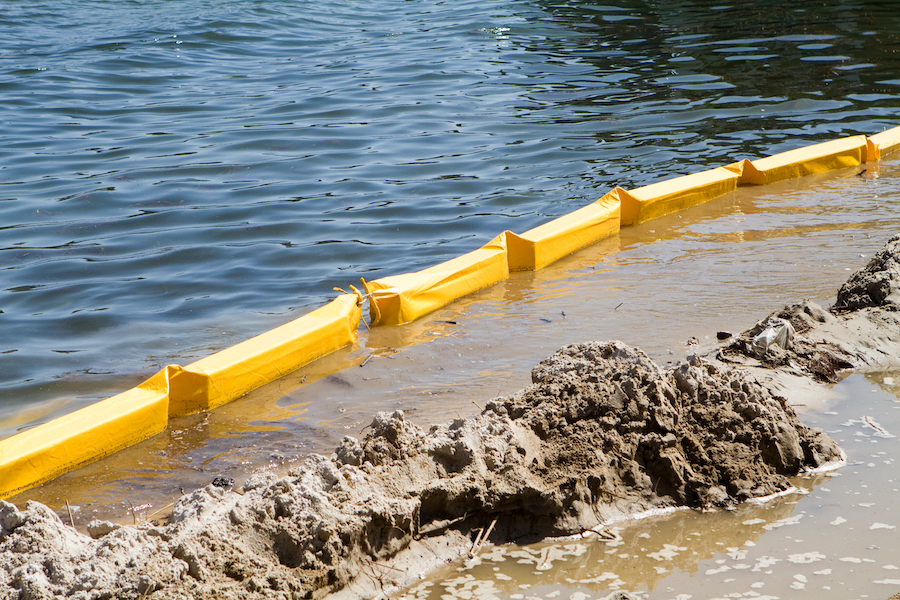The Only Guide to Shore Protect Team
Table of ContentsSome Known Questions About Shore Protect Team.What Does Shore Protect Team Do?The Single Strategy To Use For Shore Protect TeamThe smart Trick of Shore Protect Team That Nobody is DiscussingIndicators on Shore Protect Team You Should KnowSome Known Factual Statements About Shore Protect Team The Ultimate Guide To Shore Protect Team
Reduction in residential or commercial property worth: As the location tourist is affected by disintegration, so then is the economic situation. Purchasers are much less likely to search for a coastline house that could be damaged anytime by the approaching flooding and erosion emergency situation. In turn, residential property worth can drop immensely and impact the whole region.Whether a coastline is just small and crowded or has to shut totally for the security of the ecosystem and neighboring residential properties, this considerably affects tourist. Consequently, regional economic climates are impacted (https://www.earthmom.org/katy/construction-contracting/shore-protect-team). Threat of injury: The raised risk of flooding and architectural failings causes a raised threat of injury to nearby vacationers and area members

is home to even more than 84,240 miles of shoreline with 41% of it exposed to the open ocean. Coastal designers supervise of safeguarding the shore versus adjustments by minimizing the damaging influences of both all-natural and man-made occurrences. Shoreline stablizing is straight pertaining to their task. Waterside hotels: Due to the fact that shoreline disintegration influences tourist, it influences the success of beachfront resorts.
Indicators on Shore Protect Team You Should Know
Coastal commercial companies: No vacationers implies no service. Coastal state parks: State parks that exist along coastlines are at risk of damages.
Hard stablizing uses man-made frameworks as defense to regulate erosion. The majority of types of tough stablizing like seawalls and sheet metal are not perfect for coastline stabilization.
Little Known Questions About Shore Protect Team.
There's additionally not nearly enough evidence of their efficiency depending upon the kind of coastline and regional problems. Tough stabilization strategies have a tendency to be more difficult to install and do not match the natural aesthetic, sticking out like a sore thumb and harming local environments in numerous scenarios. Coastline sustenance is the process of adding lost sand and sediment back to coastlines after disintegration has taken place.
TrapBags help in the procedure of beach nutrients by protecting natural environments and enabling plants to expand. They're: Environmentally pleasant: You can use native dirt both to border and to load the TrapBags.

Some Known Facts About Shore Protect Team.
They can also be mounted without any kind of heavy machinery. Budget friendly: TrapBags are perfect for both small and large areas of coastline.
The suitable seawall style relies on location-specific facets, consisting of surrounding disintegration processes. There are three primary types of seawalls: upright, rounded, stepped, and mounds (see table below).
All-natural obstacles, such as coral reefs and mangrove woodlands, stop the spread of tidal waves and the flow of seaside waters and minimized the flood and surge of water. A cost-benefit strategy is an effective method to identify whether a seawall is proper and whether the advantages are worth the cost.
Rumored Buzz on Shore Protect Team
A seawall is a static feature which can conflict with the dynamic nature of the coastline and impede the exchange of debris in between land and sea. The table below sums up some favorable and negative effects of seawalls which can be utilized when comparing their effectiveness with other seaside monitoring options, such as coastline nourishment. [] Advantages and downsides of seawalls according to Short (1999) Benefits Drawbacks Long term service in comparison to soft coastline nourishment.

This can create coastlines to dissipate, making them ineffective for coastline goers. Normally, seawalls can be a successful method to manage coastal disintegration, but just if they are constructed well and out of materials that can hold up against the force of recurring wave energy.
Shore Protect Team Fundamentals Explained
Incorporated with a high building and construction price, this has actually caused boosting use of other soft design coastal management options such as beach replenishment. Seawalls are constructed from different materials, many typically reinforced concrete, rocks, steel, or gabions. Various other feasible building and construction products include plastic, wood, aluminum, fiberglass composite, and biodegradable sandbags constructed from hemp and coir. The proper seawall layout counts on location-specific facets, consisting of surrounding disintegration processes. There are three major kinds of seawalls: upright, curved, stepped, and mounds (see table listed below). A report released by the United Nations Setting Programme (UNEP) recommends that the tidal wave of 26 December 2004 caused less damages in the locations where natural obstacles were present, such as mangroves, coral reefs or seaside plants.
Natural barriers, such as reef and mangrove forests, avoid the spread of tsunamis and the circulation of seaside waters and alleviated the flooding and rise of water. A cost-benefit strategy is a reliable way to figure out whether a seawall is suitable and whether the benefits deserve the expense.
Indicators on Shore Protect Team You Need To Know
A seawall is a static attribute which can clash with the vibrant nature of the coast and restrain the exchange of debris between land and sea. Advantages and downsides of seawalls according to Short (1999) Advantages Drawbacks Long term service in comparison to soft beach sustenance.

This can trigger beaches to dissipate, providing them pointless for coastline goers. Normally, seawalls can be a successful method to regulate coastal disintegration, but just if they are constructed well and out of materials that can endure the pressure of continuous wave energy.